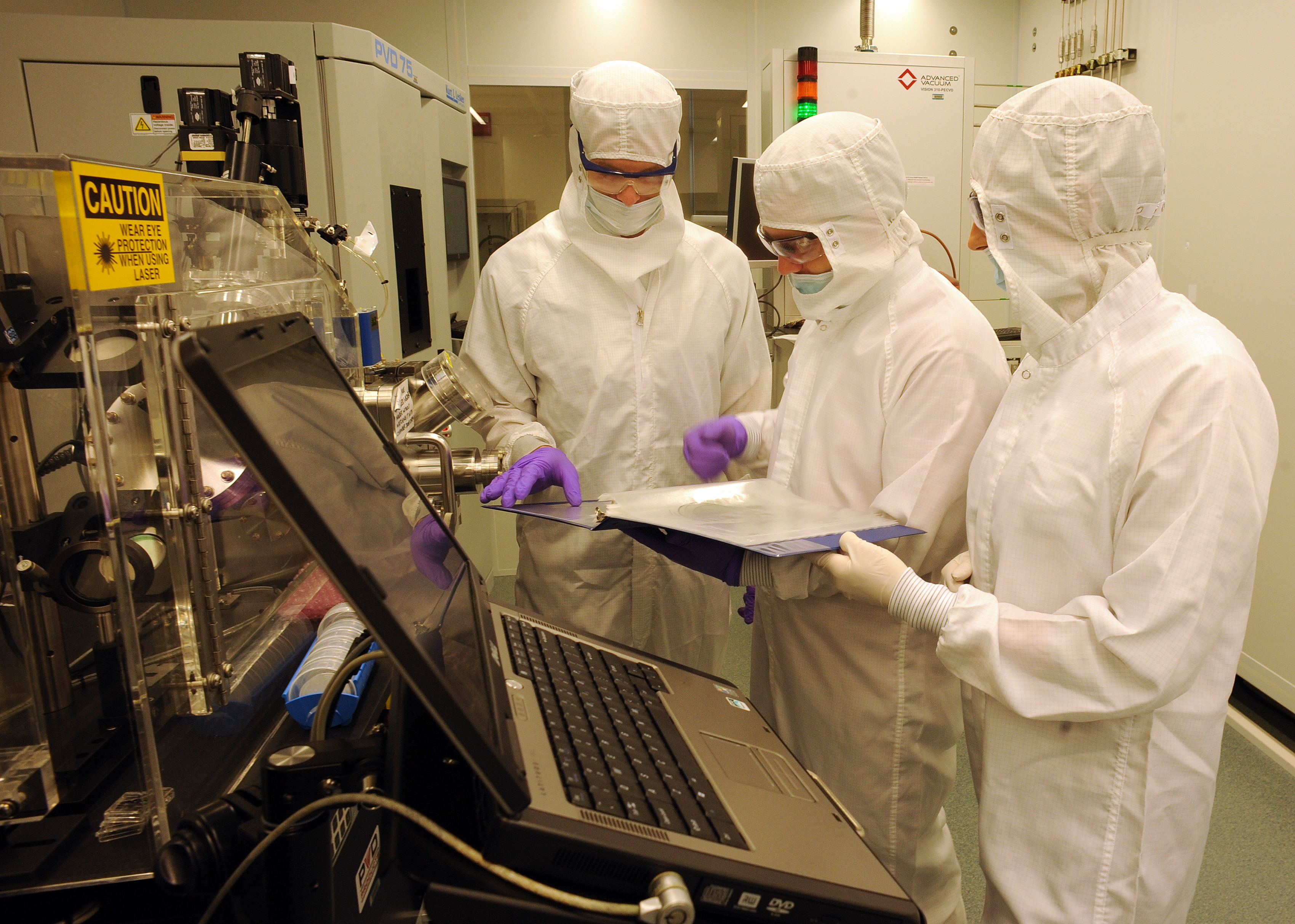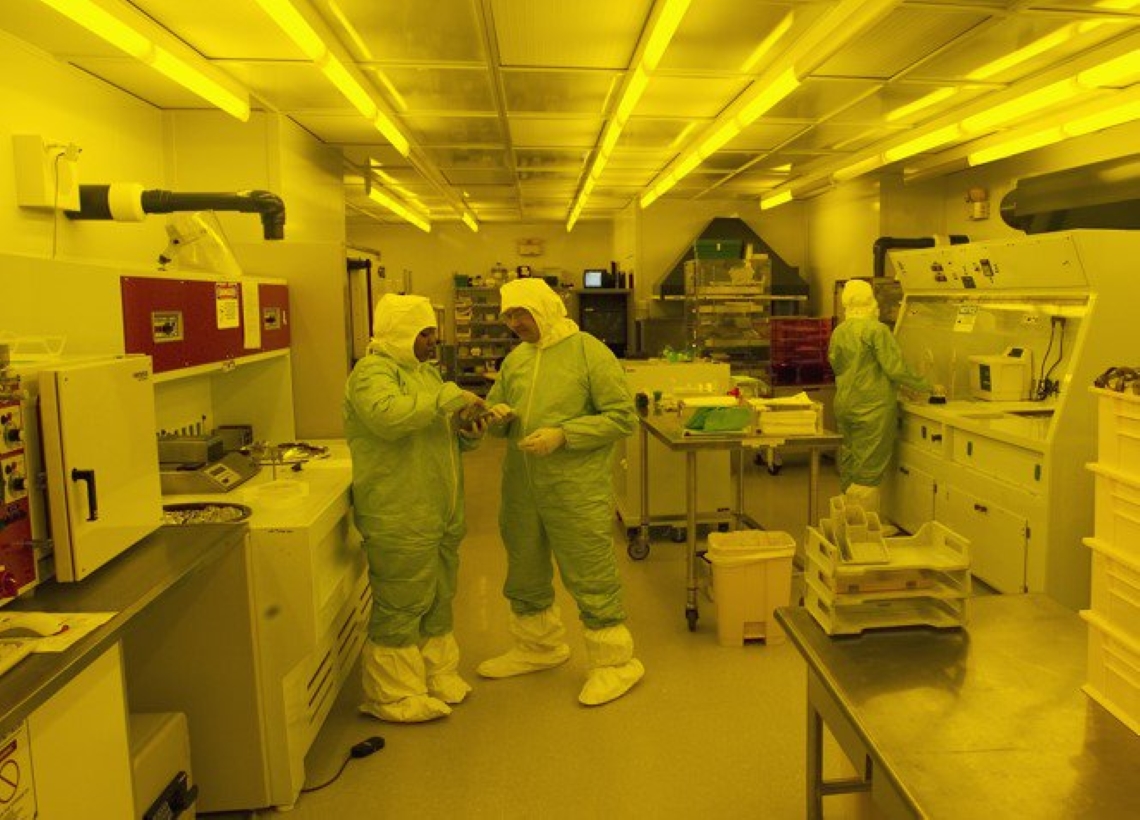About Us
Our Goals
Collaboration and service projects with the Center serve several roles and are a major mission associated with all Biotechnology Resource Centers. These roles include: (1) dissemination of Center technologies to the biomedical community; (2) maximize funding potential for both the Center and external researchers; and (3) enhance visibility of all parties. We are particularly adept at multidisciplinary work and look forward to helping you with your research needs.

Resources and Collaboration
The Center also has access to a variety of microfabrication tools that can be used to assist researchers in developing new platforms for a variety of application areas. Our expertise in microfabrication is working with plastics, such as PMMA, polycarbonate and COC, using hot embossing or injection molding. We also have access to a variety of rapid prototyping tools, such as laser ablation and high precision micromilling. We can also process other materials, such as silicon and glass as well as make reliefs for PDMS. Please let us know if you have questions along these lines.
 Our collaboration and service projects can be of the biomedical/clinical type, where we assist researchers by developing new assays for the analysis of certain biomarkers of interest to the particular researcher or mobilizing our new tools to assist researchers. These collaborations can be purely consultation, visiting our Center to see firsthand how to use our tools for biomedical applications or sending samples to our Center for analysis. On the microfabrication side, we can either help you in the design of devices, the fabrication of devices through service work, or the testing of existing devices we have built and adapted for your particular application need. We have initiated a program in nanofluidics that uses channels with dimensions less than 100 nm and would be happy to discuss with you collaboration projects that involve nanofluidic applications (see our recent review paper on this topical area; Lab Chip, 17 (2017) 362-381 (DOI: 10.1039/C6LC01173).
Our collaboration and service projects can be of the biomedical/clinical type, where we assist researchers by developing new assays for the analysis of certain biomarkers of interest to the particular researcher or mobilizing our new tools to assist researchers. These collaborations can be purely consultation, visiting our Center to see firsthand how to use our tools for biomedical applications or sending samples to our Center for analysis. On the microfabrication side, we can either help you in the design of devices, the fabrication of devices through service work, or the testing of existing devices we have built and adapted for your particular application need. We have initiated a program in nanofluidics that uses channels with dimensions less than 100 nm and would be happy to discuss with you collaboration projects that involve nanofluidic applications (see our recent review paper on this topical area; Lab Chip, 17 (2017) 362-381 (DOI: 10.1039/C6LC01173).